This architecture is designed to minimize latency with the help of busy-spinning and CPU affinity locks(meaning each producer/consumer thread running in only one core), preventing a thread from wandering between CPUs and losing time on context switching. I am going to use ZMQ for PUB/SUB architecture. On a side note : I am using lock-free ringbuffers.
deltas events : changes in the orderbook state
I really don't know if this is a very bad choice for a low latency application which is what i am going to design. Could anyone please point me why its bad ? and what are other low latency way of doing it ?
